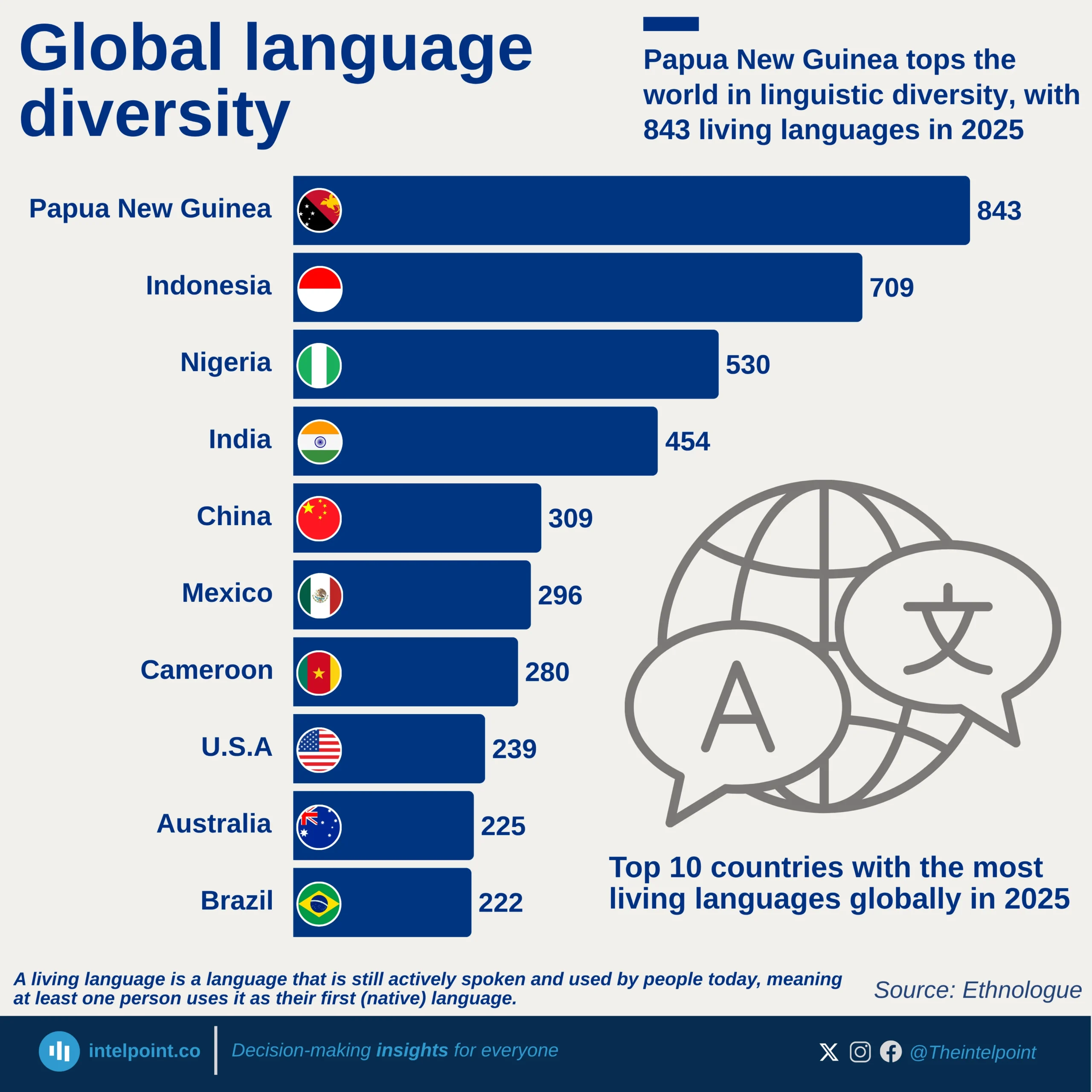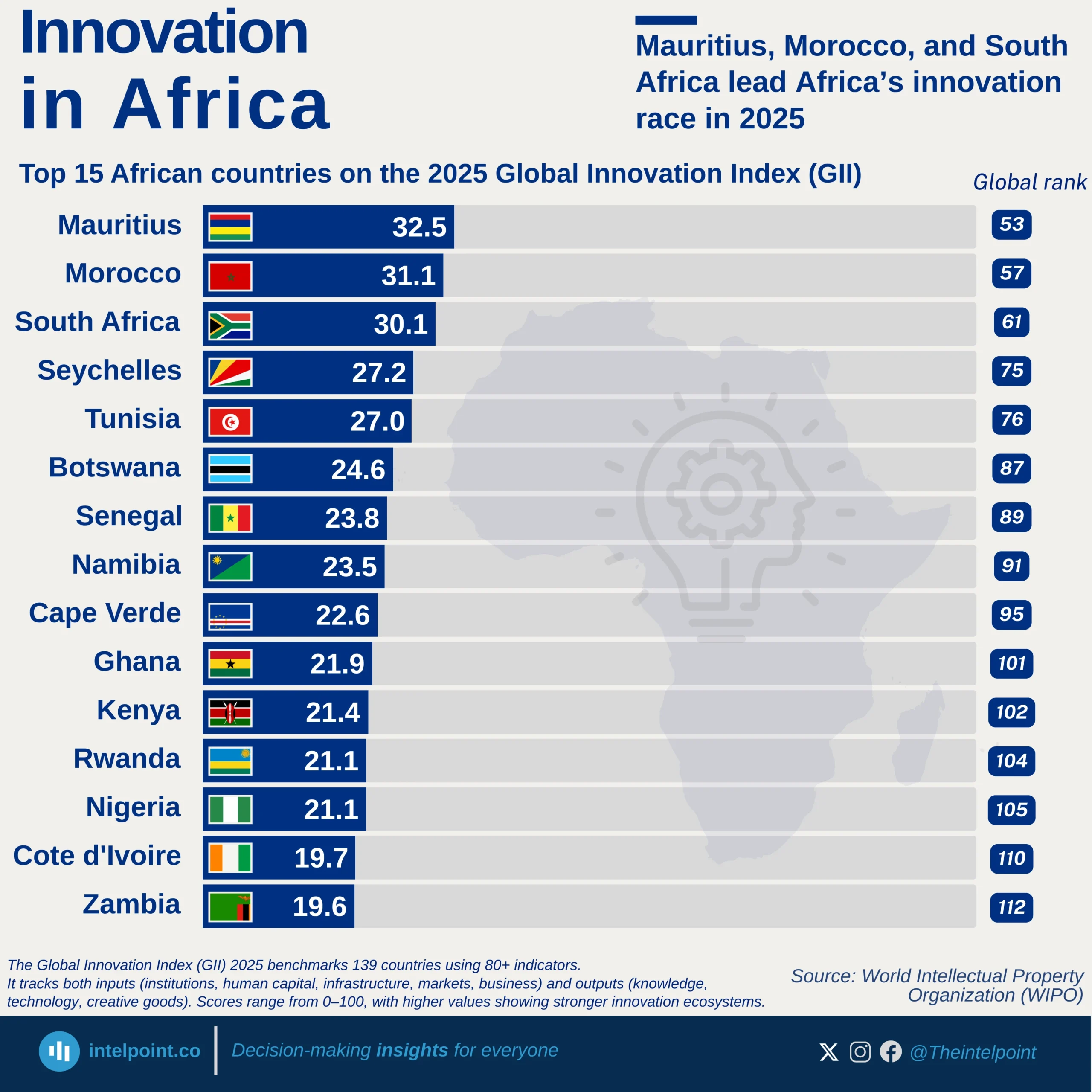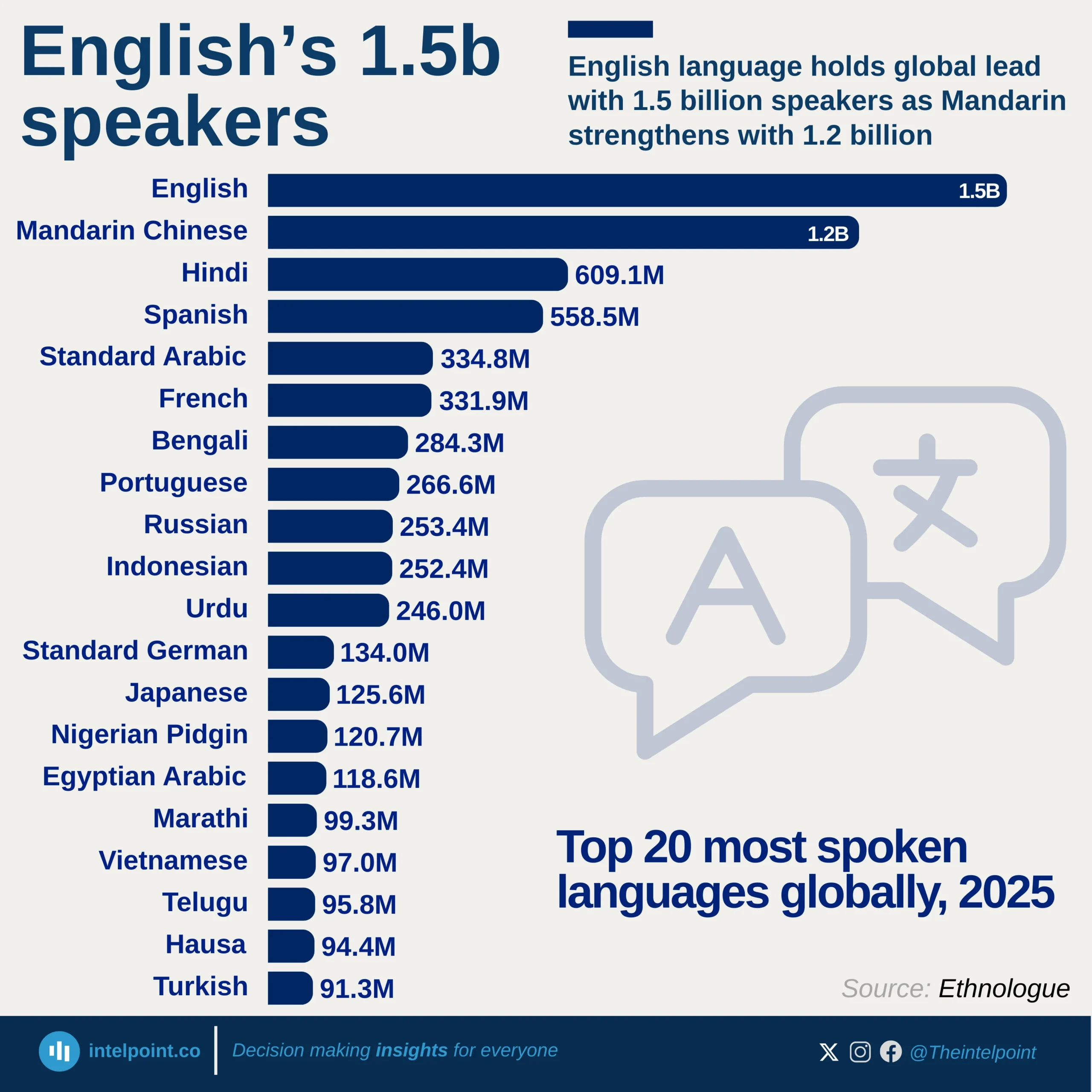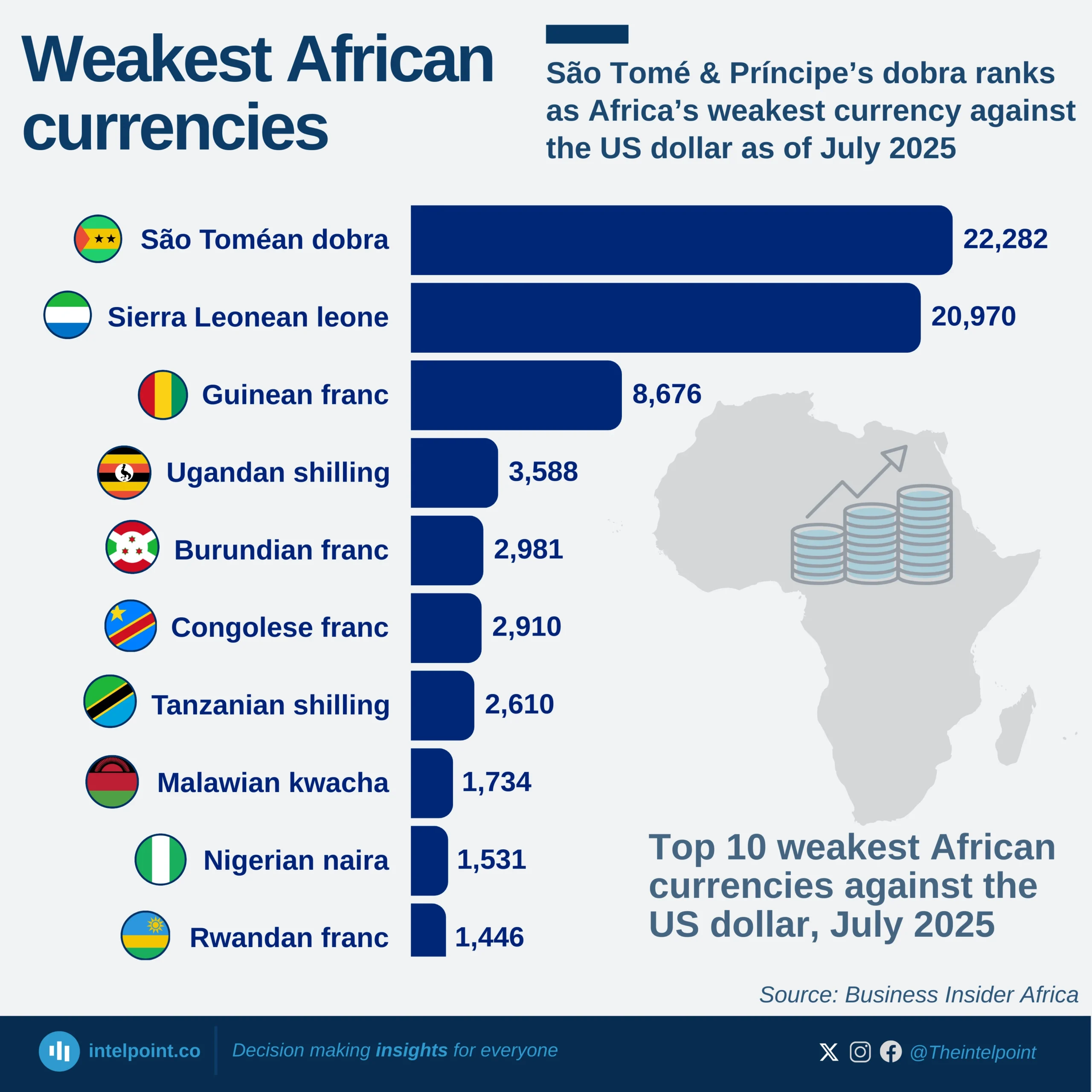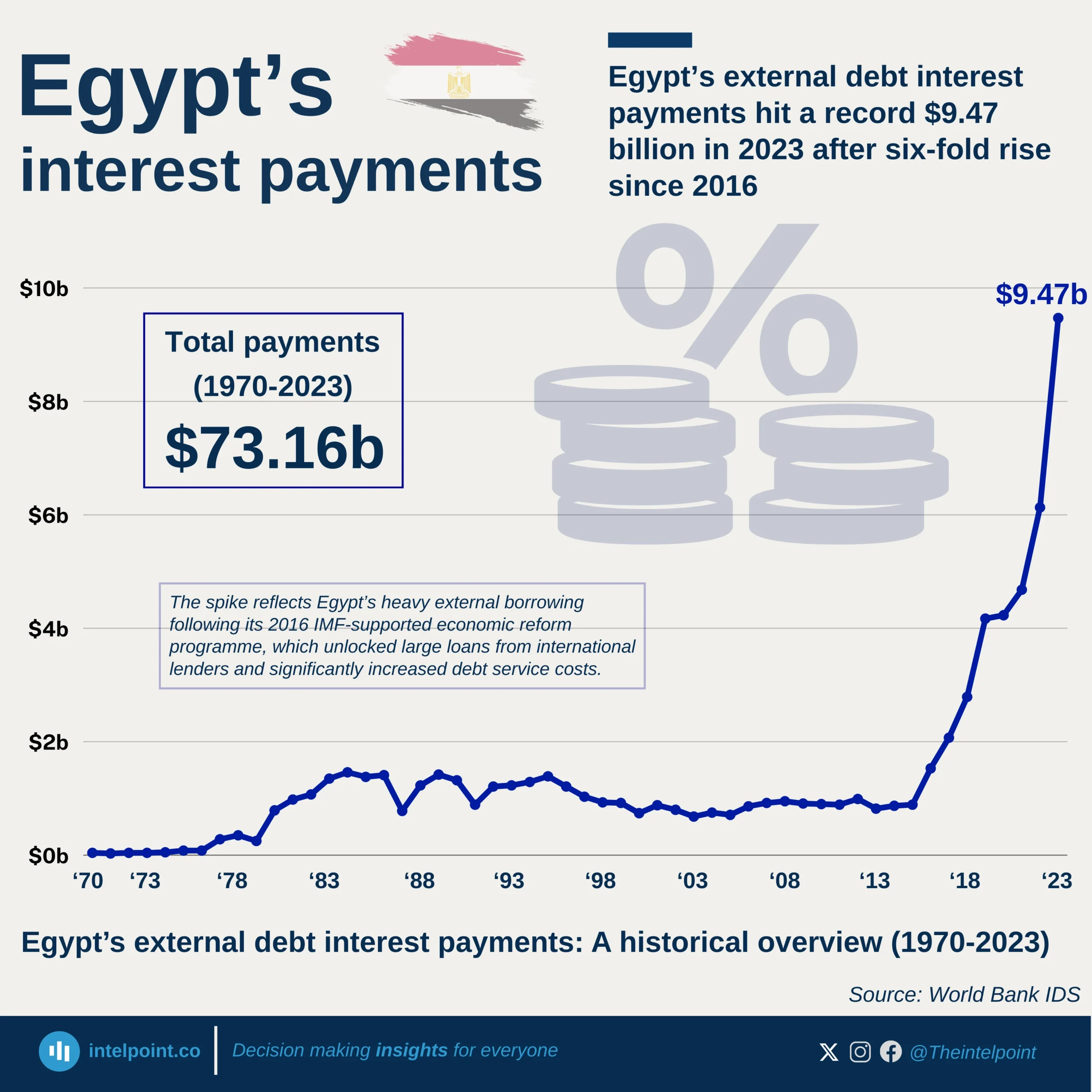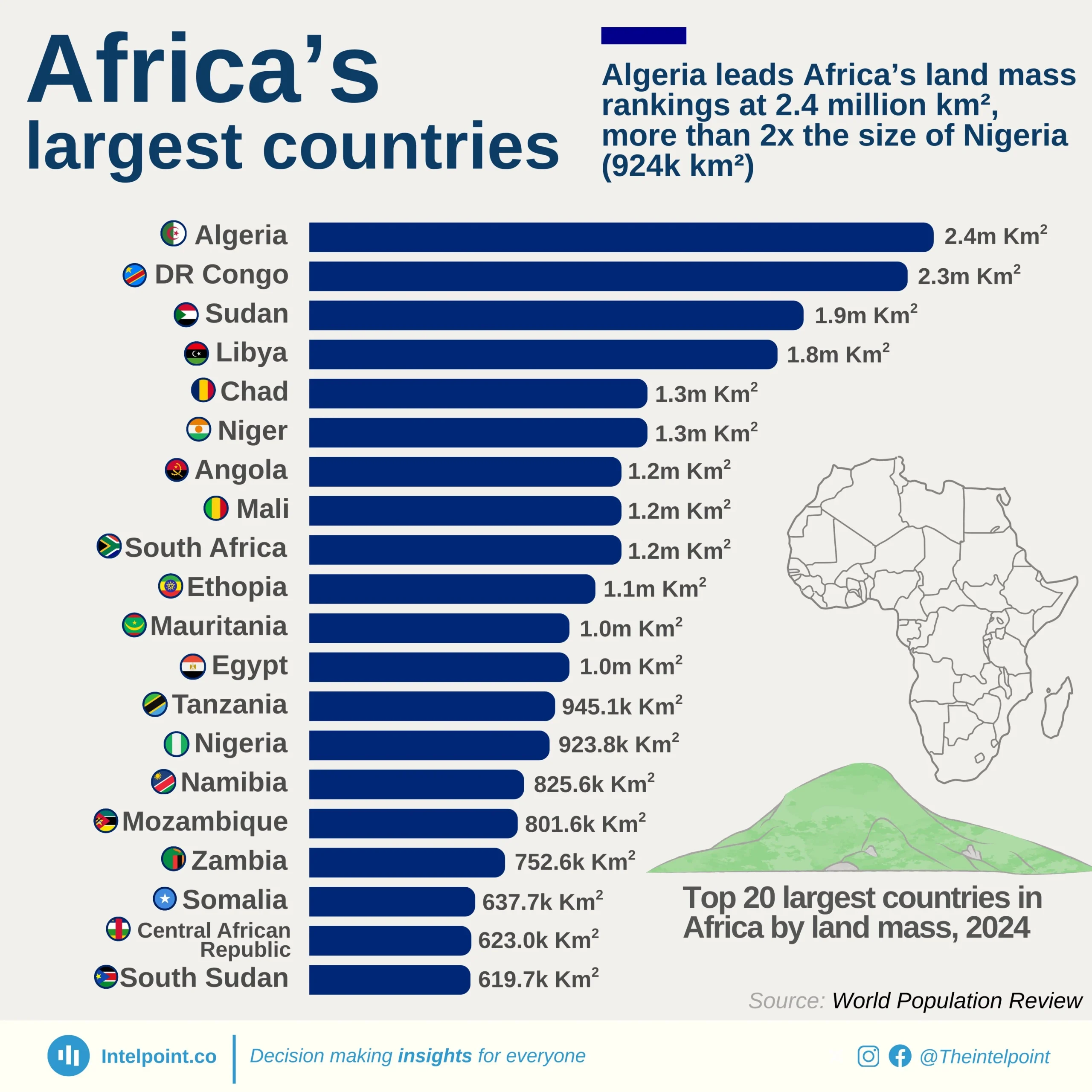Africa’s hydropower landscape is led by Ethiopia, whose Grand Ethiopian Renaissance Dam (GERD) boasts a staggering 6,450 MW capacity, more than triple Egypt’s historic Aswan High Dam at 2,100 MW. Ethiopia further asserts its dominance with two more entries: the Gilgel Gibe III (1,870 MW) and Tekeze Dam (1,200 MW), positioning it as the continent’s hydropower powerhouse.
Meanwhile, countries like Mozambique and DR Congo also make the top tier with major installations like the Cahora Bassa Dam and Inga Dams, respectively. The regional spread illustrates Africa’s growing reliance on hydroelectric power to meet energy demands and reduce fossil fuel dependency.
